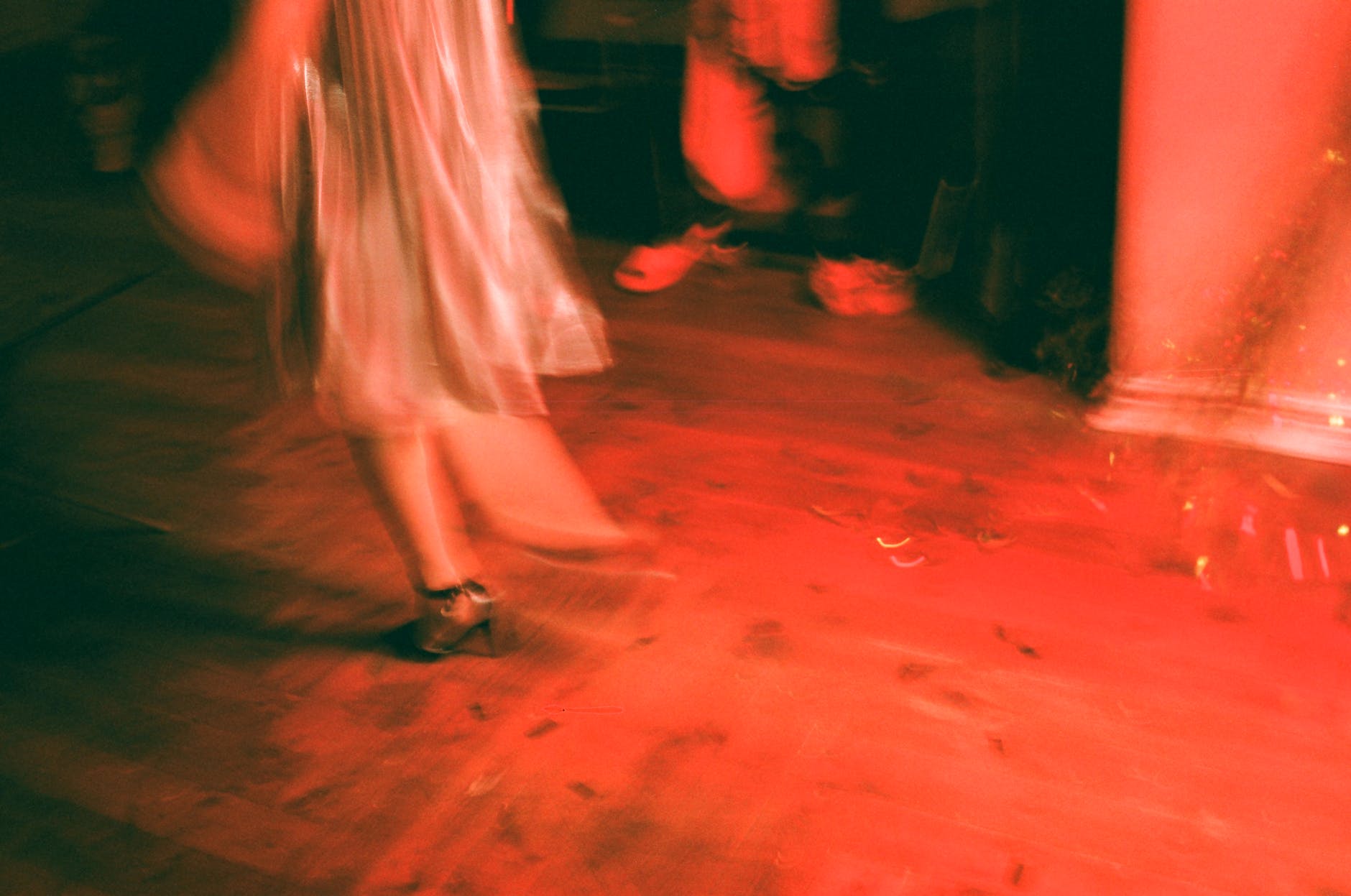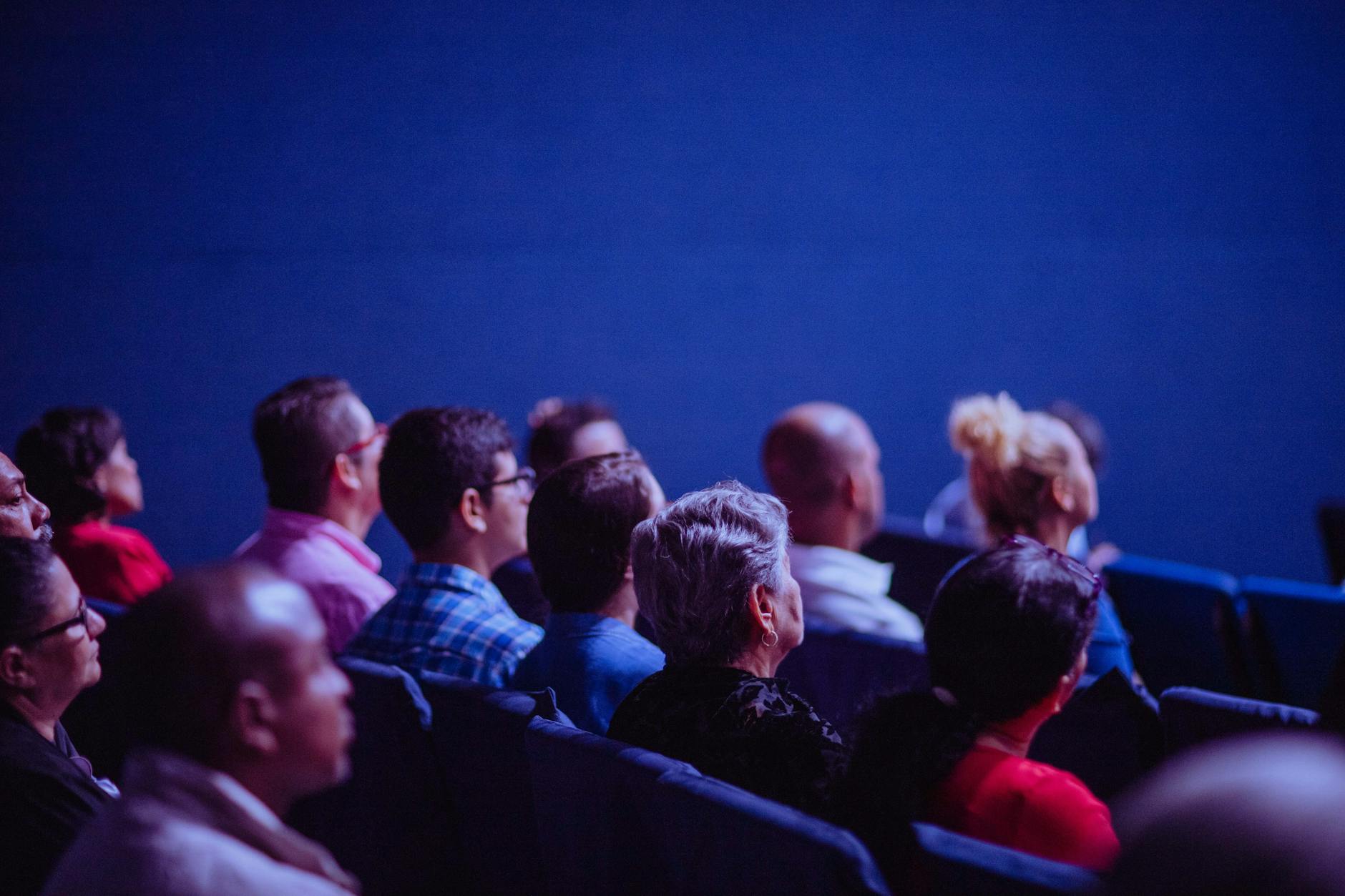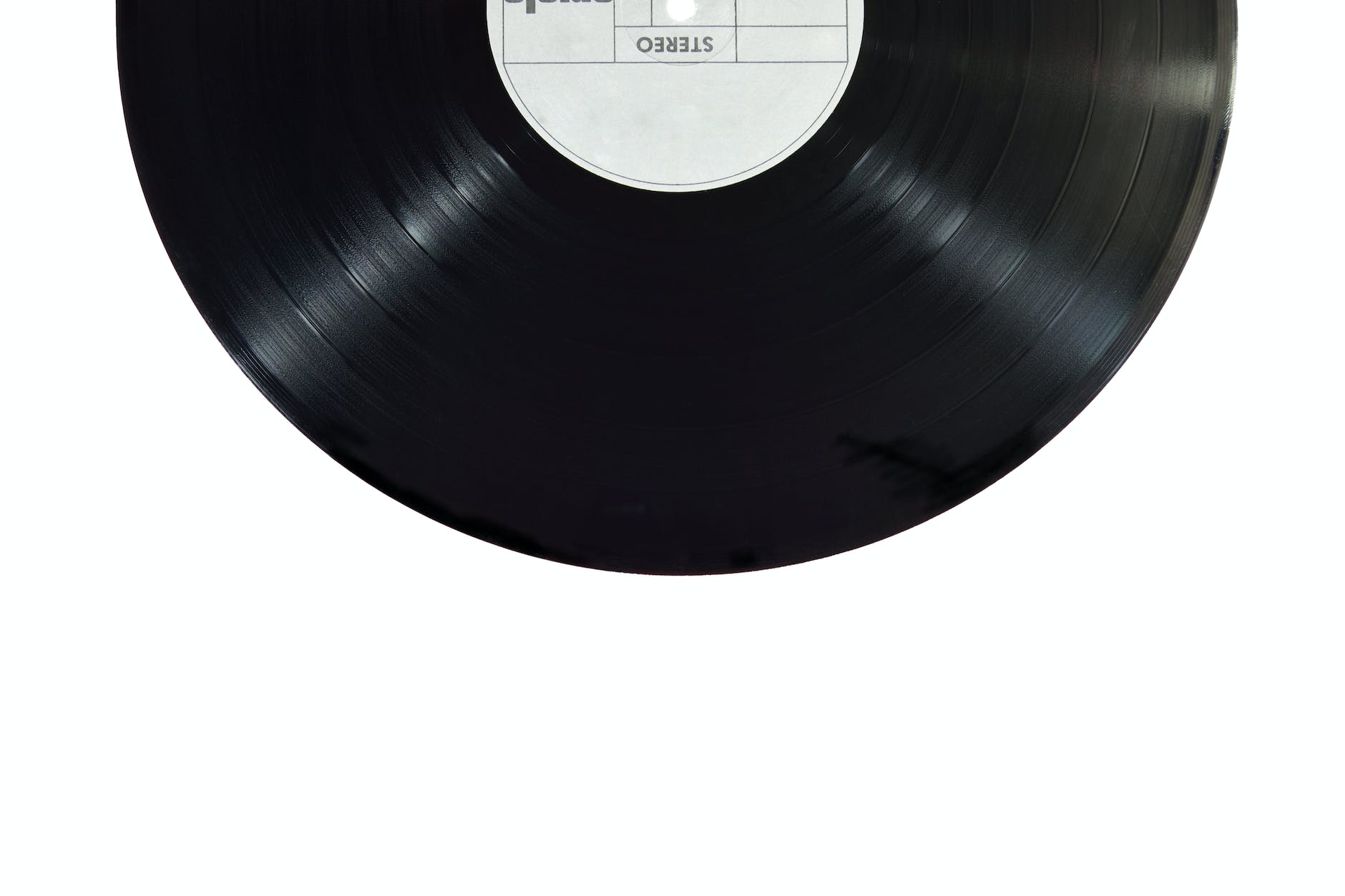Psychedelic music emerged in the mid-1960s amidst social and political turbulence, embodying the countercultural revolution that was taking place. More than a genre, it serves as a vehicle of consciousness expansion, creating transcendental soundscapes that promote a spiritual journey.
As one of the most diverse music genres, psychedelic music spans across traditional categories such as rock, trance, experimental, and electronic. It has no fixed aesthetic; instead, it’s characterized by its ambition to alter one’s perception of time and space through mind-expanding musical landscapes.
Formative years of psychedelic sound primarily hinged on rock with bands like Pink Floyd and The Beatles infusing surreal lyrical metaphors and innovative instrumental techniques to create soundscapes of altered states. Psychedelic rock used deliberate distortion, reverb effects, and extended improvisation sessions, drawing listeners into a raw and immersive sonic pool.
However, the influence of the genre didn’t stop at rock. It soon blended with electronic music, leading to the emergence of psychedelic trance or ‘psytrance’ in the 1990s. Originating from Goa, India, psytrance fused electronic beats with elements of Indian music, creating a genre that encouraged trance-like states. Now, it’s a mainstay in global music festivals, transporting audiences on a collective musical odyssey.
Experimental music as well dipped its toes into the psychedelic pool, using unconventional instruments, unusual sound sources, and innovative compositional methods to construct outlandish sonic terrains. An incredible example is the work of Karlheinz Stockhausen, who
toyed with synthesized sounds and spatial placements of various sound sources to materialize music that fluidly warped perception.
Interestingly, the development and evolution of psychedelic music have never been confined to the boundaries of the Western world. Various cultures around the globe have long used music as a conduit for spiritual experiences and altered states of consciousness. Aboriginal tribes in Australia employ didgeridoo and rhythmic chanting in ceremonies, intended for various spiritual purposes, such as healing, story-telling, and connecting with the spirit world. Similarly, the Nāda yoga tradition in India treats sound as a pathway to spiritual enlightenment.
For many, the appeal of psychedelic soundscapes lies in their ability to act as a catalyst for introspection and contemplation. It’s an immersive experience fostering an intimate dialogue between the listener and the music, or even more, the listener and themselves. The ebb and flow of the melodies, the rise and fall of tones transport the listener on a vivid voyage within their own mind. This makes even instrumental pieces bursting with narrative potential.
While psychedelic music continues its evolutionary journey, it has always been an exploration of the unknown, an avenue to venture beyond conventional perception. In modern popular music, echoes of psychedelic elements can be found in artists like Tame Impala, The Flaming Lips, and MGMT, showing that the genre is far from outdated. Moreover, the advent of digital technology has propelled psychedelic music to new heights, creating even richer and more intricate soundscapes that continue to offer listeners transformative experiences.
In conclusion, psychedelic music is more than a genre—it’s an enduring testament to the transformative power of sound, pushing the boundaries of what’s possible in music and how deeply music can resonate with our inner selves. Next time you tune into your favorite rock band, trance track, or experimental piece, spare a thought for the rich psychedelic tapestry that subtly influences this music you love.
Sources:
– Music Genres List
– Improvisation and the Art of Making Things Stick
– Everything you need to know about the World’s biggest Music Festivals








